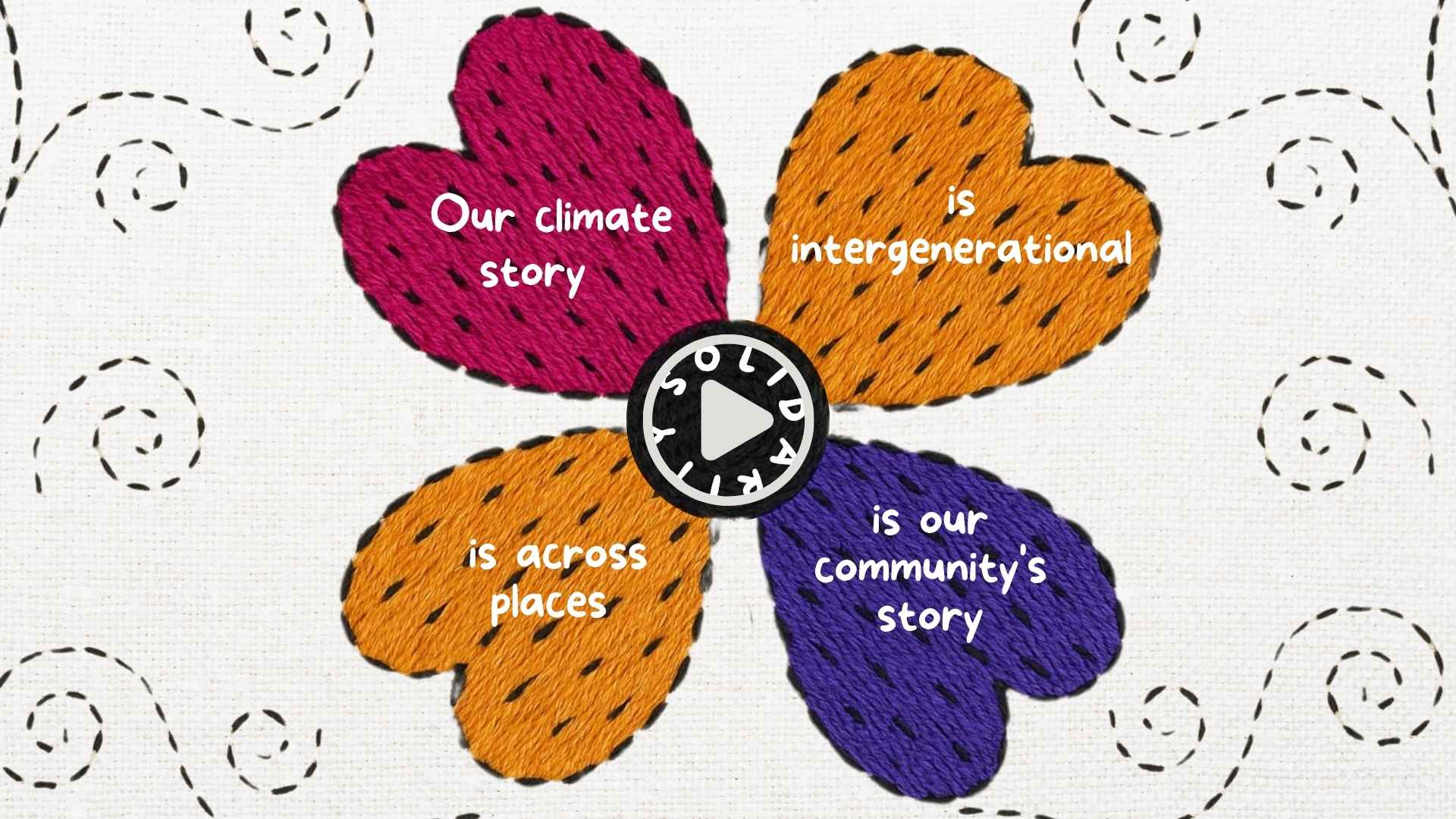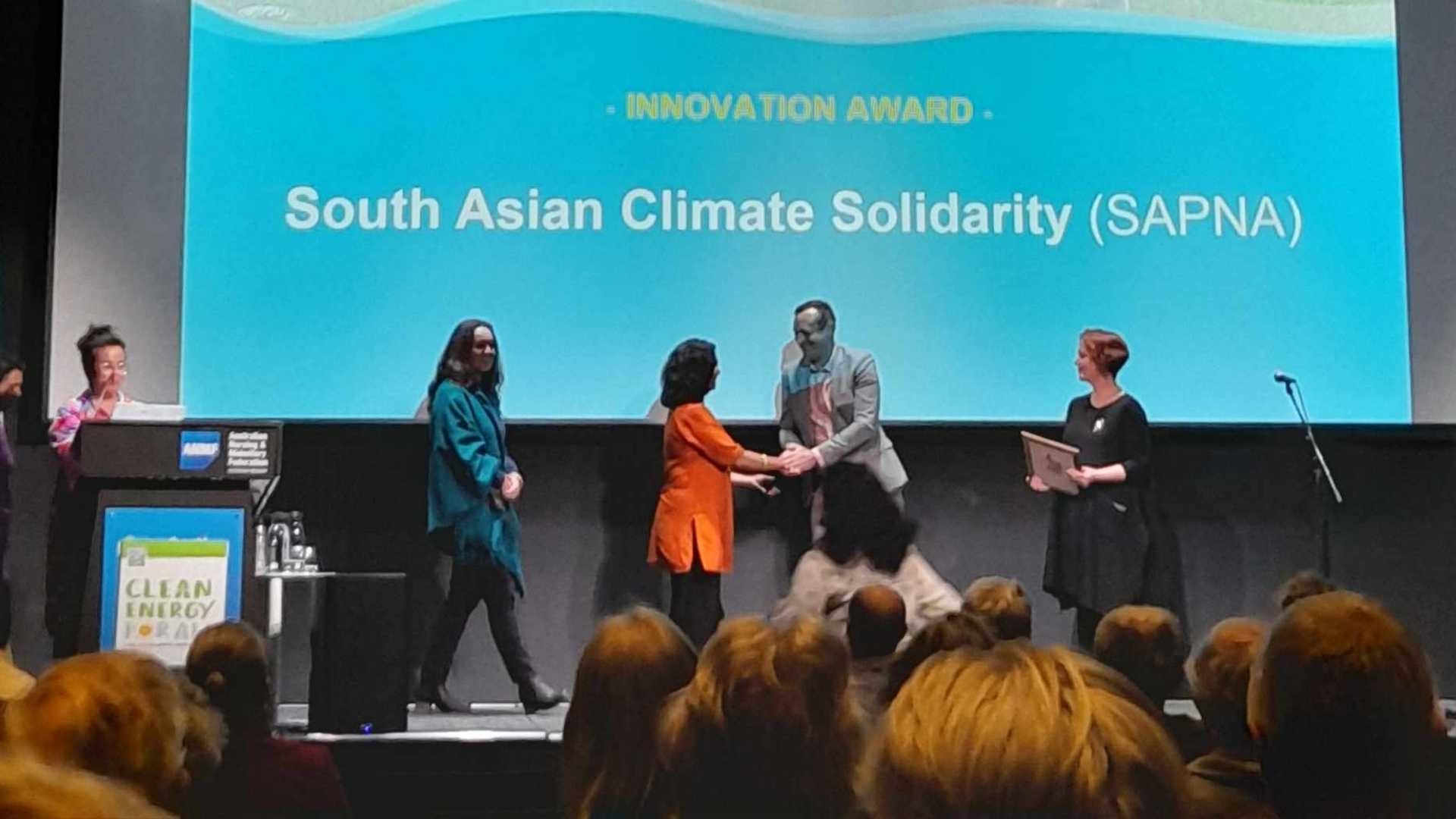South Asians in Australia – Our Climate Actions
We are building a community of South Asian climate justice leaders who are telling stories of how climate change impacts vulnerable communities disproportionately, and calling for accountability from Australian governments for a safe climate future both in Australia and the Indo-Pacific which includes South Asia.
We can begin by telling our climate stories and highlighting our climate actions.
South Asians are the fastest growing diaspora community in Australia. Many of us South Asians who have migrated to Australia recently are likely to have experienced climate change in both South Asia and Australia.

We want to hear your climate story.
South Asians in Australia who feel the urgency to act on climate change can play an important role – by linking stories of people’s climate action and climate solutions from South Asia and Australia, and advocating for Australia’s climate responsibilities towards South Asia. You can:

